|
Many worksite injuries can be prevented with proper lighting; create a plan now to ensure your safety! Many of the dangers of construction sites lie in what is unseen; debris, gaps and falls, hazardous hanging objects, and exposed materials like wires, all can be avoided with caution. However, no matter how meticulous you are, you cannot defend yourself from what you cannot see. For your construction project this may be a problem if work runs around the clock – you do not want to jeopardize the safety of yourself or others, nor do you want to lose precious hours of worktime. Can you have it both ways? Yes! With a plan to light up your worksite, and the right site lighting for the job, you can have the best security and the best productivity on your construction worksite. Here are the three steps you should consider, fostering safety and efficiency: 1: Determine your power source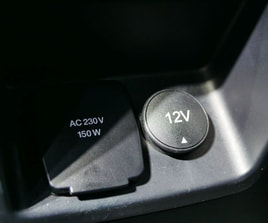 Before there can be light, there must be power. Where will you get the power to keep your construction site running throughout the night? Will your lighting solution support your energy source? Different worksites have different needs. Be sure to pick a site light with enough versatility to accept power from AC and DC generators. 2: Position your lights without creating additional dangers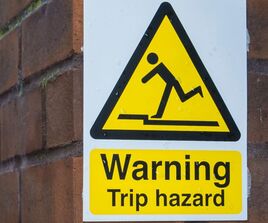 The type of lighting solution you choose will have a big impact on positioning, inconvenience, and overall hazard. Less adaptable lights cause cables to snake all over the workplace creating risk of tangles, tripping, and electrical exposure. If you opt for battery powered lights, going wireless entirely, ensure your battery powered light does not compromise on the flexibility of a wire powered alternative, and that its battery life doesn’t die out in the middle of a job. Make sure your light is tough enough to endure the elements its exposed to as well; lights that are not adequately IP rated may fail from exposure to dust or water. 3. Ensure proper lighting exposure.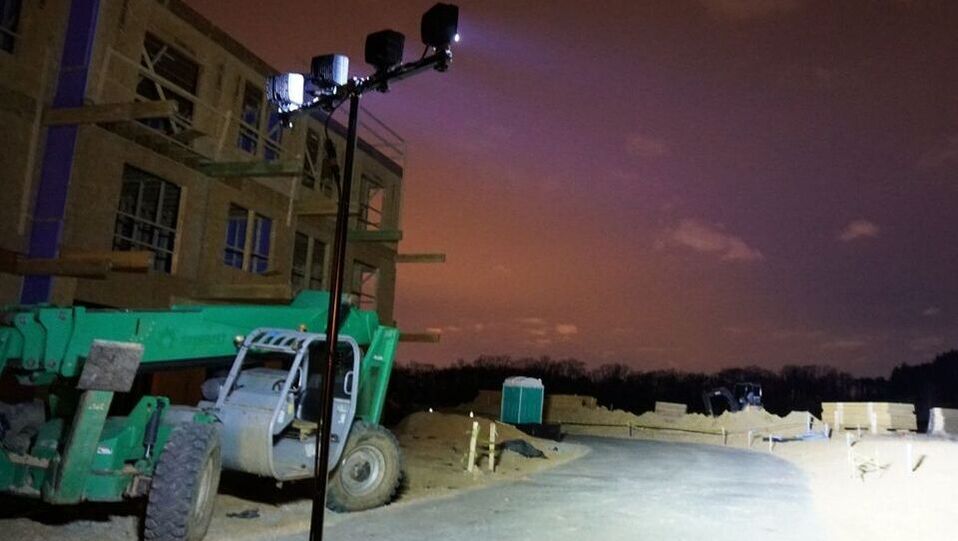 Is your light strong enough to work safely? In a high-risk environment, you deserve better than a dimly lit space. Ensure that the lighting solution you have selected has the luminosity and the throw distance necessary to completely cover your work area. LED based work lights deliver quality results, spending less energy while offering greater luminosity than incandescent counterparts. Moreover, pick a light that offers a variety of LED solutions such as spotlights for concentrated targets, flood lights for widespread exposure, or hybrid for a mix of both. Choose SiteLitesIf you want to minimize the hassle to creating a safe workspace while ensuring you and your crew remain protected throughout all hours of the night, SiteLites is the partner you need on your next construction job. Crafted from cast aluminum construction and IP66+ rated for the toughest outdoor conditions, SiteLites is an LED work lighting solution that provides superior luminosity and adjustability. Flexible to your needs, our various SiteLites options offer a variety of features to tackle your jobsite including tripod adjustability, 360-degree lighting coverage, AC and DC power capabilities, magnetic bases, long lifetimes, lightweight designs and more. With SiteLites, we can help you get the job done! Related Articles
6 Comments
Home and construction projects can provide a great outlet for unspent energy; there is nothing better than the satisfaction of doing something yourself! Now might be the time to venture off into a home renovation or construction project of your own, but before you do, you will need a solid plan going forward. Setting goals and steps makes it easy to track your progress and ensure that you are on target to reach the vision of what you set out to achieve. Crafting a successful plan may seem daunting, but it truly is easier than it sounds! With these easy steps, you will be able to recognize your full DIY and building potential through effective planning! Step 1: Define the Scope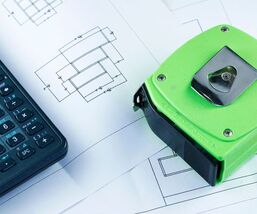 Can you see the end of your project? Chances are that the outcome of your project will change as you go through the motions. Identifying your project’s scope from the beginning will keep you on track and prevent scope creep; scope creep may make your construction or home project unnecessarily complex, overbearing, timely, and expensive. Identifying your scope sets a clear endpoint, letting you plot a path from beginning to end making your tasks easier and quicker with a finer outcome. Step 2: Stick to a Budget Draw a line when it comes to spending; draft a budget that aligns with your scope and reinforces following it. Too large of a budget may trickle into scope creep, but too little of a budget may hinder your ability to fully flesh out your ideas. Create a firm target and seek methods in saving costs to allow for flexibility. Step 3: Scout Equipment and Materials Equipment and materials, aside from labor, will be the most important parts to putting operations into motion. If you want a project to last, quality materials are a must; how can you fit these materials into your budget? Equipment is a big factor to cost saving. The best tools are not always as obvious as they seem; take time to scout out equipment that fulfill the needs of your jobsite, as well as mitigate the need for additional tools. Choose SiteLitesA critical piece of equipment for your construction or home renovation project is lighting. If you are looking to work around the clock or in a dimly lit space, site lighting is a critical facet of working safely and productively. Luckily, scouring the internet for the best lighting solution is not hard; SiteLites are the option you are looking for. An LED construction lighting solution with a variety of options, unprecedented adjustability, premium construction, integrated cooling, IP66+ durability rating, AC and DC power capability, and much more, it truly is the best bang for your buck. Related Articles Halogen lights have largely seen a decline in the 21st century. Growing out of solutions that combined incandescent and compact fluorescent light with halogens from the periodic table, such as iodine and chlorine to keep the bulbs clear, they’re being actively phased out by LED lighting. Why is that? Round 1: Efficiency Halogen lights work by preventing tungsten, an element evaporating from bulbs, from accumulating on the bulb’s exterior. The halogens cause a reversible reaction by combining with the tungsten to form compounds such as tungsten iodide, which do not adhere to the bulb walls. The major problem with halogen lights is that they eat up a lot of energy – and they’re hot. In order to maintain the halogen reaction with tungsten, the bulb must operate above 250 degrees Celsius, sometimes even reaching temperatures of 540 degrees. A lot of energy is lost to heat. This not only drives energy costs up – it creates a prominent fire hazard. Round 2: Brightness LED lamps, or light emitting diodes, offer an even greater quality of light and only use about 10% of the energy incandescent bulbs do [1]. Compared to halogen lamps, the savings are even more profound. LEDs can operate much longer and more reliably than halogen, incandescent, or CFL lights. Generating less heat, they are safer alternatives that reduce the amount of energy required for a similar lumen output. Round 3: Safety A halogen lamp has a distinct advantage over CFL and incandescent lights in terms of a longer life span, some ranging up to 15,000 hours. The LED, however, has evolved past the halogen lamp, reaching upwards of 25,000 hours. Being a safer, cheaper, and longer-lasting solution, LED lamps are the way of the future. Results Ding, Ding, Ding...We have a winner! LED Lighting outclasses Halogen lighting with superior efficiency, brightness, and safety. Choose SiteLitesIf you want to cut costs while safely lighting up your space, you should look to a company experienced with LED solutions. SiteLites specializes in power and lighting solutions, including our family of LED work lights designed around customer safety. Moreover, SiteLites's expertise with power management solutions is a critical aspect of ensuring your LED performance. LED’s, while operating at low heat, are sensitive to exposure. SiteLites has implemented solutions such as cast-aluminum heat sinks and adaptive power prioritization that will keep your bulbs running. Sources: [1] https://doi.org/10.1111%2Fjiec.12342 Related Articles Since their introduction into the lighting space, light emitting diodes have become a staple for a well-lit world. From lightbulbs to television and computer screens, LEDs are ubiquitous; is there any room for growth for an already versatile and widespread technology? Yes! The continued development of OLEDs into solid-state lighting solutions, or conventional lightbulbs or LED heads, and the emergence of microLEDs generate much excitement in the world of LED development. White OLEDs White OLEDs, also known as White Organic Light-Emitting Devices, are a hot topic for research in applications of solid-state lighting. Researchers are currently working to convert the revolutionary LED technology sweeping the computer, TV, and smartphone display markets to your household. What makes OLEDs touted as the LEDs of the near future? Unlike typical multi-color LED displays that rely on LCD, or liquid crystal displays, OLEDs do not require a backlight – they make their own visible light when exposed to an electrical current through a layer of organic compound. This allows for a greater range of color and contrast, as well as power efficiency, compared to traditional LED solutions. In addition, it is presumed that the technology will become cheaper to produce than typical LEDs as OLED components, known as OLED substrate, can be printed onto materials. microLEDs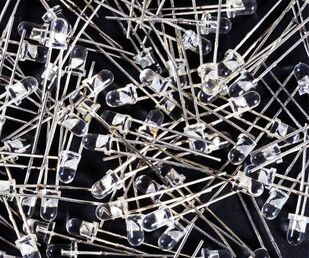 microLEDs, like white OLEDs, are an emerging technology; unlike white OLEDs which are specifically targeting solid-state applications, microLEDs are currently in the phase of research and development for smaller power use devices. It may be a while until we fully see them in lighting applications outside of displays for devices; however, there are bountiful benefits which hold much promise for microLED technologies as the wave of the future. Whereas OLEDs operate off organic material, microLEDs are based on gallium nitride; gallium nitride offers far greater brightness than its OLED counterparts while touting higher energy efficiency, and a longer average lifespan. Aside from its energy efficiency, microLEDs promise greater contrast and quicker response times to their LCD and OLED counterparts. Choose SiteLitesEnergy efficiency is a critical concern in the push for the future of LEDs; while you may not be able to reap the unprecedented efficiency of white OLEDs or microLEDs just yet, you can take advantage of existing efficient solution for your site lighting needs. SiteLites offer the unprecedented efficiency you need! With construction allowing for optimal heat dispersion, insulation from the elements, and a variety of adjustability options, SiteLites are the best sustainable way to take advantage of the LED technology of today! Related Articles LEDs are touted as the lighting solution of the future; phasing out harmful and less efficient halogen and CFD lights, light emitting diodes can be found in nearly every facet of our society, from conventional lighting solutions to the display of your computer, television, or phone. However, some studies suggest there may be dangerous tradeoffs to our health associated with our widespread adoption of LEDs, primarily from the emission of blue light. Are these risks truly a critical concern? If so, how can we mitigate their effects? Blue Light and Sleep Primarily, the dangers of blue light lie in its conflict with our circadian rhythm. The circadian rhythm is the biological process driving our sleep cycles. Blue light is good for stimulation during the day and keeping us alert; therefore, exposure to large amounts of blue light during nighttime disrupts the circadian rhythm, causing sleep to suffer. While researchers have suggested a link between excessive blue light exposure to types of cancer, diabetes, heart disease, and obesity, organizations such as Harvard Medical School highlight that these results are “not proof that nighttime light exposure causes these conditions.” [1] Regardless, getting a good night’s sleep is important; thus, it is paramount we exercise caution and minimize our blue light exposure. Minimizing Blue Light ExposureThere are several solutions to the problem of blue light exposure; major tech companies such as Apple have already applied methods including shift to red light in the night and morning to mitigate any ill consequences. Among some steps you can take yourself:
Choose SiteLitesThere are other factors that impact your exposure to blue light, including intensity of the lights you are using. Luckily, there are lighting solutions you can choose that reduce the negative impacts of excessive blue light intensity while retaining the necessary power you need to keep working. SiteLites is a premiere option that includes flexible options for your light’s intensity. With various intensity modes on several of our SiteLites, to 360-degree adjustability that disperses your light rather than concentrating it, our products are designed to keep you safe. Most importantly, our lights have adjustable bases extending well above the eye level, minimizing the hazards to you of blue light. With a myriad of design options around your health, let SiteLites help keep you safe on and off the job site. Sources: [1] https://www.health.harvard.edu/staying-healthy/blue-light-has-a-dark-side Related Articles Light emitting diodes, better known as LEDs, are gradually phasing out all other types of lighting. Among the hype for LED lights are the claims that they are more effective, stemming from their balance brightness, lifespan, durability, and efficiency. Compared to an incandescent or CFL bulb, an LED will last much longer on average with a superior quality. So, how can one bulb have it all? You may be wondering about the compromises when switching to a light emitting diode. Thanks to new methods in engineering, the LED keeps its title of superior lightbulb without compromise. From the Candle to the Lightbulb Typical lights, such as incandescent, CFL, or halogen lights, have a lot in common with how a candle produces light – they burn. Whether purely through burning a filament or by generating heat to excite an inert gas (mercury vapor for CFLs, iodine and bromine for halogens), older lightbulbs took the age-old concept of the candlelight and adopted it to work with electricity. While this has its inherent tradeoffs of heat expenditure and decreased lifespan, these lighting innovations were revolutionary. The Introduction of the SemiconductorIn an era of Silicon Valley breakthroughs, the semiconductor is at the heart of the unbelievable technological progress we’ve made over the past decades. It introduced the possibility for complex electronics by controlling the way electricity flowed, allowing for us to pick and choose. It created an unprecedented control over a scientific concept we had little grasp over decades before. 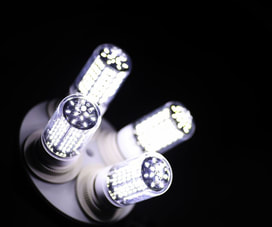 The LED uses a semiconductor with electron holes – areas with an absence of electrons which we can think of as channels for moving electrons. Through these holes, the electrons jump between semiconductor variants. The energy required for this exchange and the energy released as photons is dependent on the band gap, or the energy difference between the two halves (known as the conductive and valence band). Manipulating the electrical current in such a way to directly release energy through photons leads to less energy lost to heat. It becomes less dependent on preserving materials such as filaments and provides a more potent emission. As a result, LEDs will run longer and safer while using less energy. Choose SiteLitesIf you’re using LEDs in, say, a workplace scenario, using less energy boosts your bottom line. You need a powerful light emitting source to give you complete coverage of a site to keep you and others safe. Most importantly, you need a solution that’s durable. Making the switch to an LED work light can provide all of this and more. SiteLites has rugged, tested LED lighting solutions you can use for you project. With integrated heat sinks, cast aluminum construction, and an IP66 durability rating shielding against power blasts of water and dust, you’ll never have to worry about being left stranded in darkness. Sources [1] https://www.viribright.com/lumen-output-comparing-led-vs-cfl-vs-incandescent-wattage/ Related Articles When it comes to LED heads for your construction lighting, you have several options to customize your light. LED heads are not one size fits all: there are thousands of LED lighting models to choose from based on your needs. If you are working on a construction site, knowing the different types of LED heads is important to revolve your lighting type around the specialized task required. From specific, point lighting to broad sight lines, there exists an LED head to help you get the job done. LED Spotlights
Spotlights focus all their power onto a small area to provide you the highest amount of brightness possible; they are intended for single target applications. When performing a task where the ability to see clearly is paramount in a small working area, spotlights are the best choice. When working in a confined area intensively, spotlights are a necessary asset to ensure the job is done right at times or in locations where natural light is scarce. LED Floodlights
Floodlights canvas a large area with high throw distance, spread, and great luminosity. While they will not provide the same brightness as a spotlight on a specific object, they will raise the visibility of an entire area on a jobsite. In the area of operations, floodlights are critical to ensuring your safety and the safety of your workers. To ensure the entirety of your workplace can be seen, especially areas where movement of materials and people are prevalent, floodlights are a necessary element. LED Hybrid Lights✔️ Adjust to your needs ✔️ Bright light & large light coverage Hybrid lights combine the best of both worlds, giving users the opportunity to utilize spotlight capabilities to highlight specific objects or a floodlight option over a widespread area. For multiheaded lights, such as adjustable quad lights, hybrid lights are excellent to perform tasks with precision while providing protection about the vicinity. For workers whose work takes place in the middle of a dynamic area, hybrid lights are a tool to keep them safe, both from their surroundings and in their engagement in work. Choose SiteLitesIf you truly want the full range of power that LEDs have to offer, you should utilize a site lighting solution which leverages all three of these construction LED types. SiteLites come in spotlights, floodlights, and hybrid light variants. On top of the compatibility with all of these heads, SiteLites LED heads come with integrated heat sinks, reducing electricity usage and maximizing luminosity, cast aluminum with IP66+ rating preserving them from exposure to the elements, and various features for flexibility such as adjustable tripods and 360-degree rotation for full coverage without hassle. Choose SiteLites, the premium solution for construction and a wide variety of work, tailored to your lighting needs, to ensure your safety and keep working no matter the time. Related Articles |
Archives
October 2020
Categories |
Very Bright!Located in Pinellas Park, FL, SiteLites has been providing bright, temporary work lighting to keep jobsites safe. Let us help you work safer for longer!
Follow Us3845 Gateway Centre Blvd.
Suite 360 Pinellas Park FL 33782 |
Quick LinksLighting Solutions1.8K Lumen Magnetic Lantern
6K Lumen Floor Light 9K Lumen Mono Tripod Light 12K Lumen Quad Tripod Light How We Can Help |
|

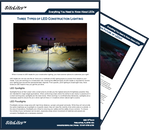

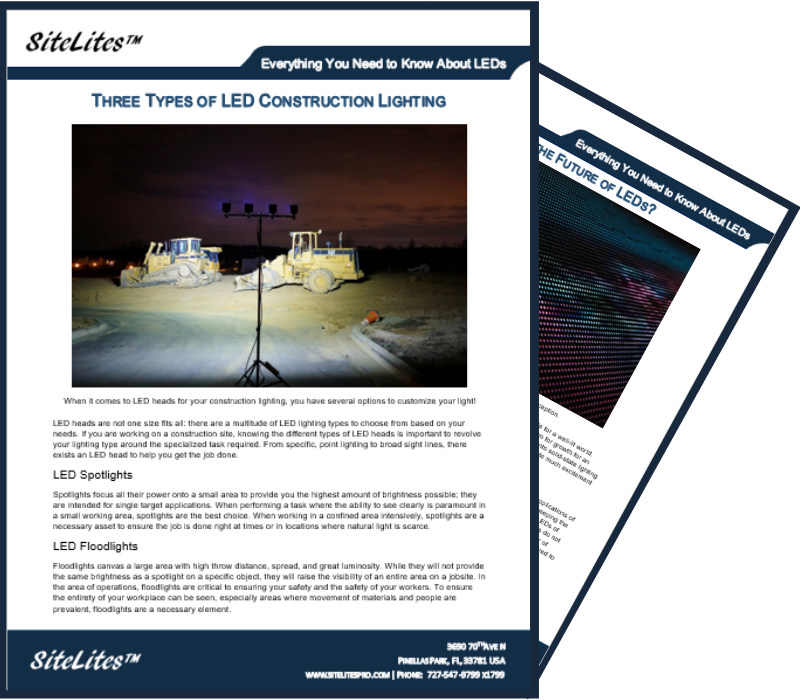
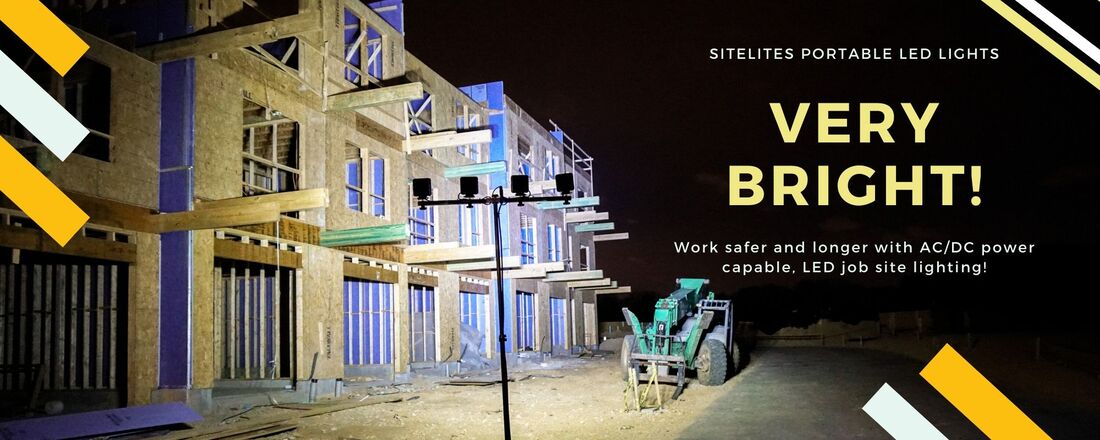
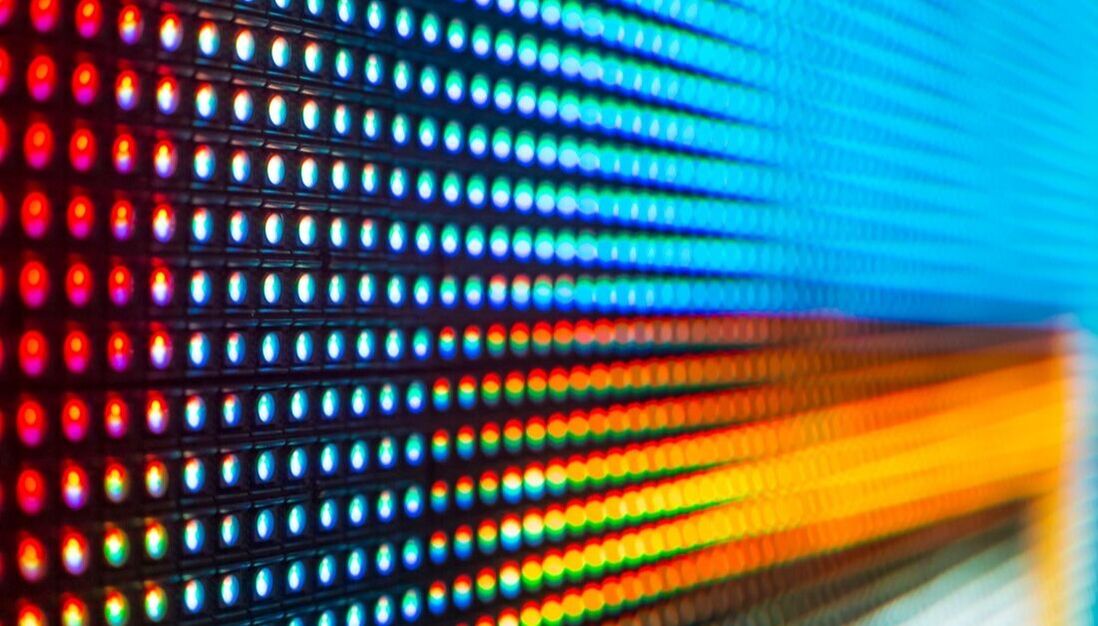
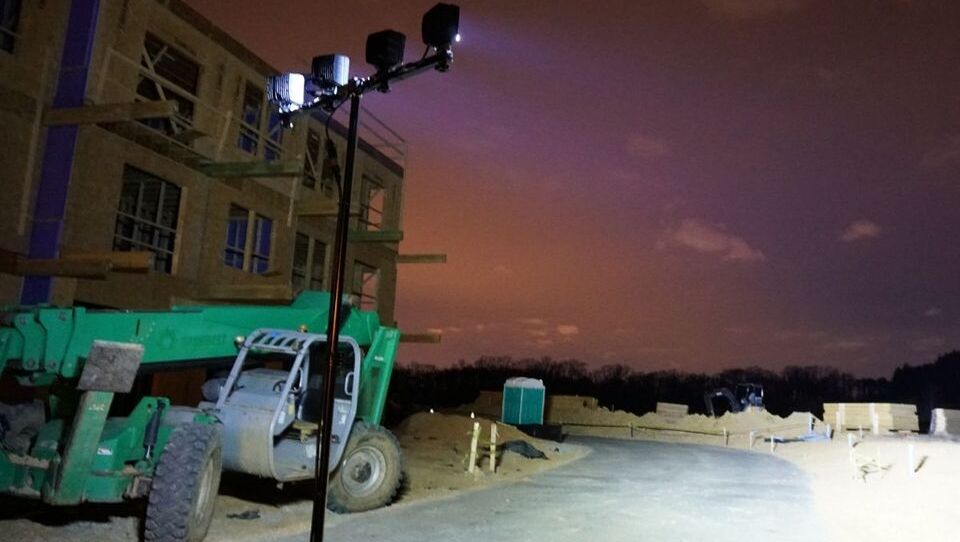
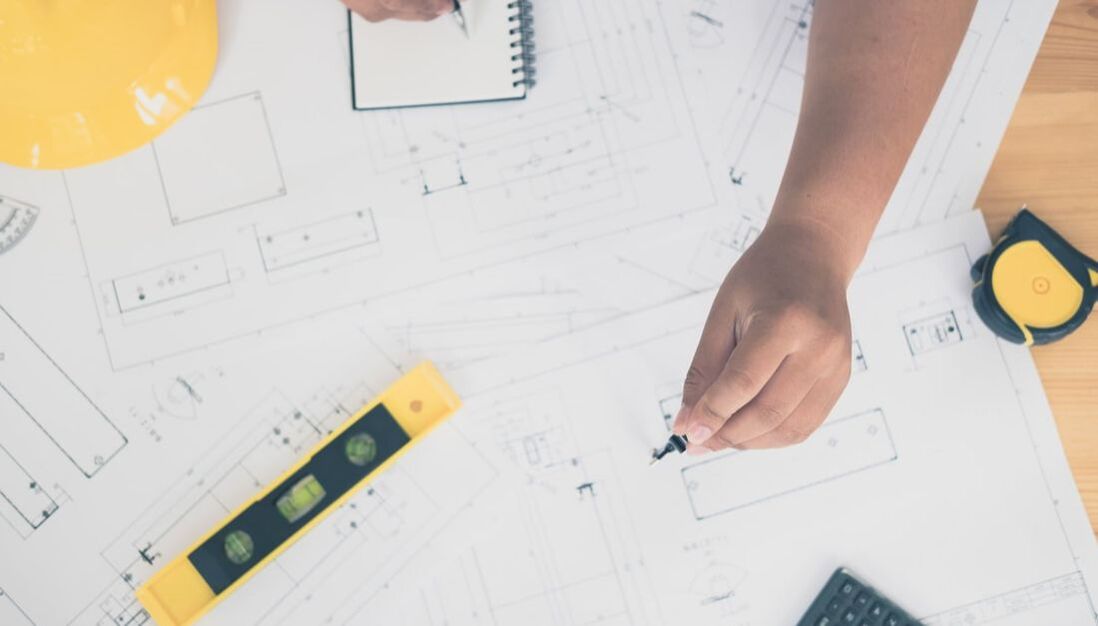

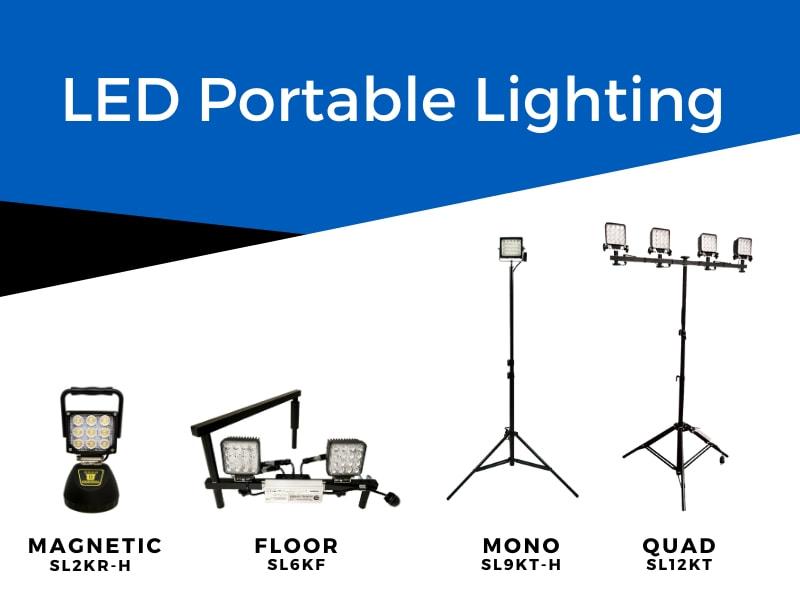
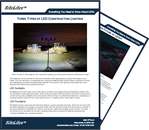
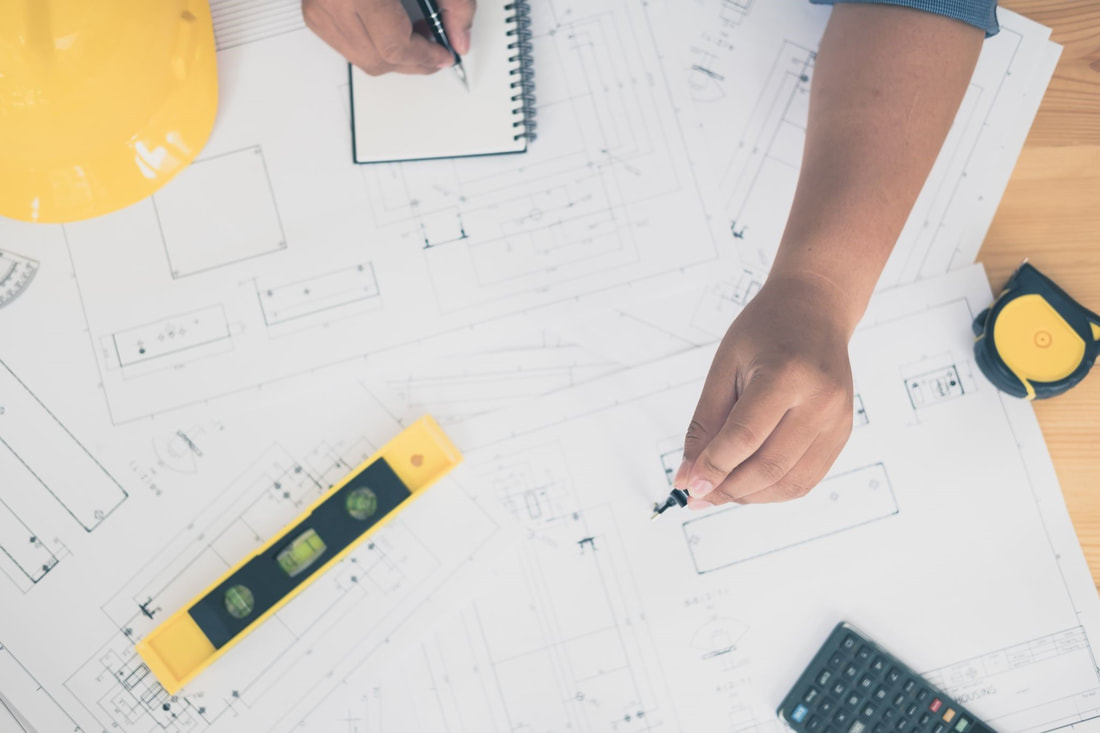
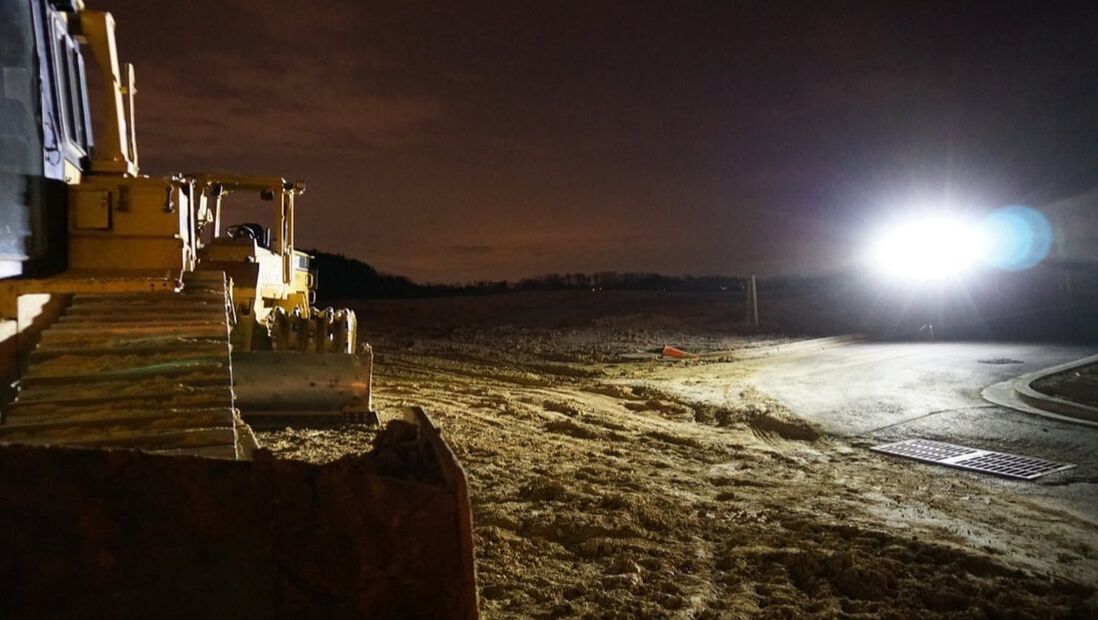
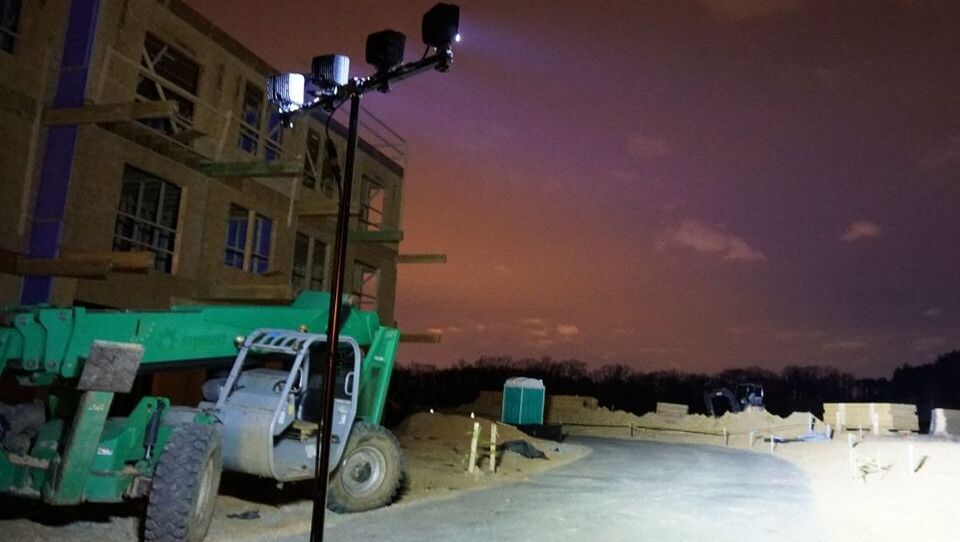
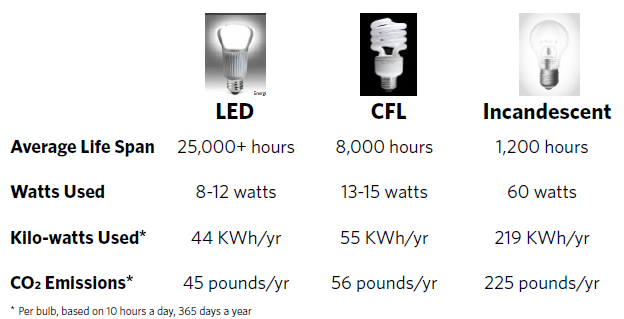

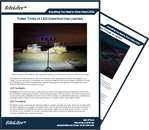
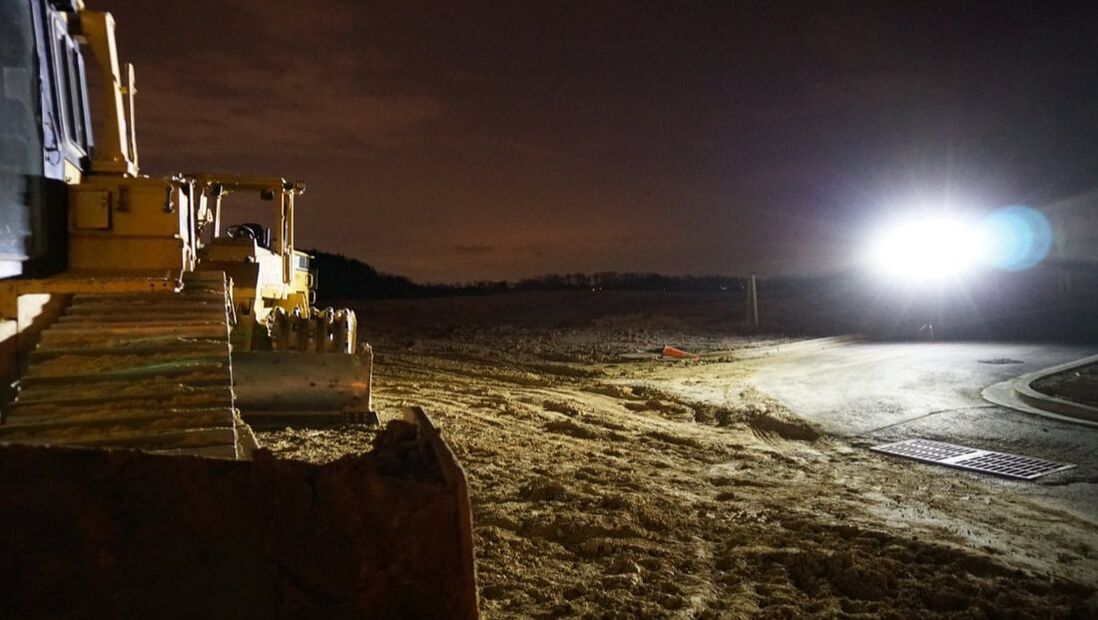

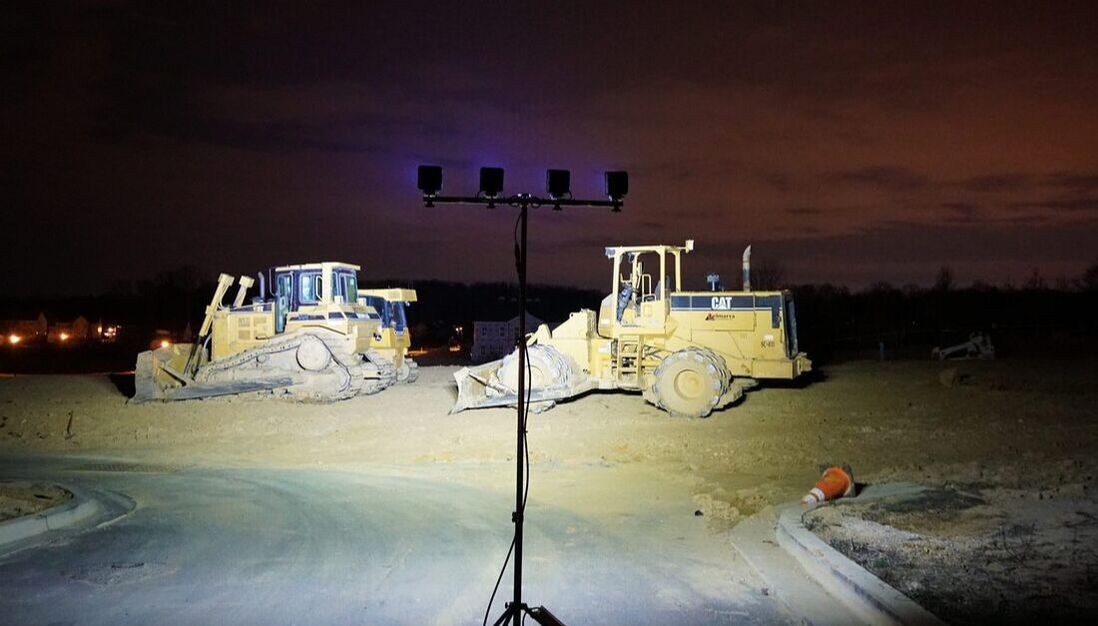

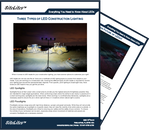
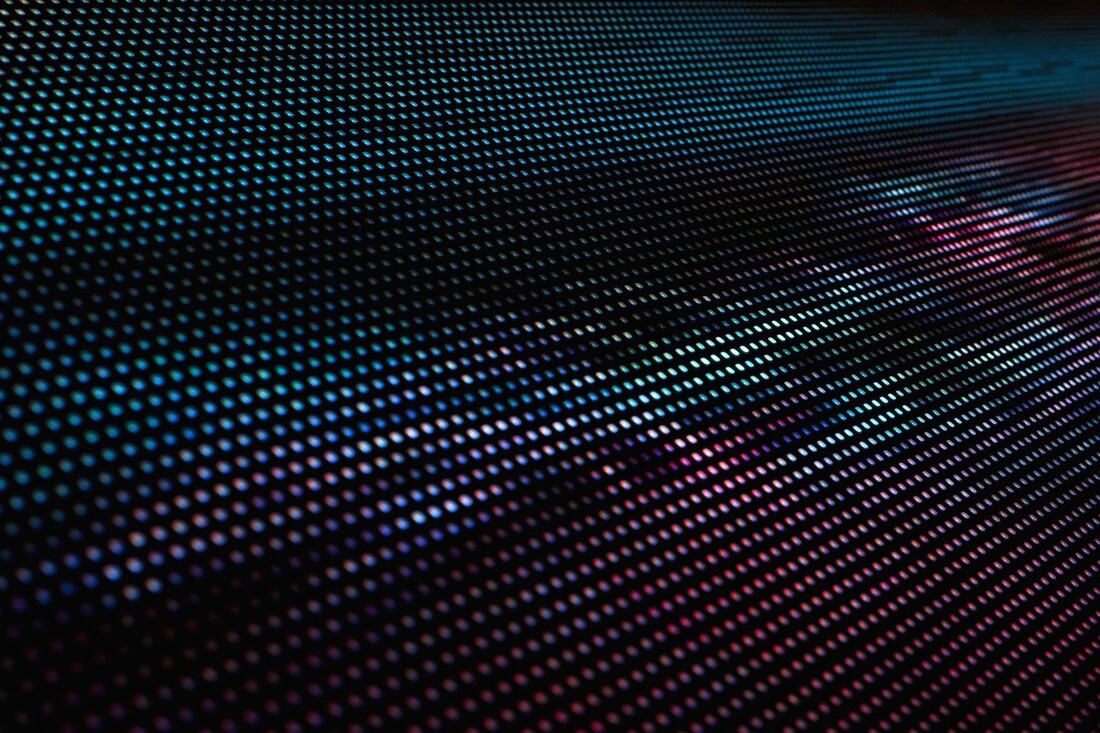
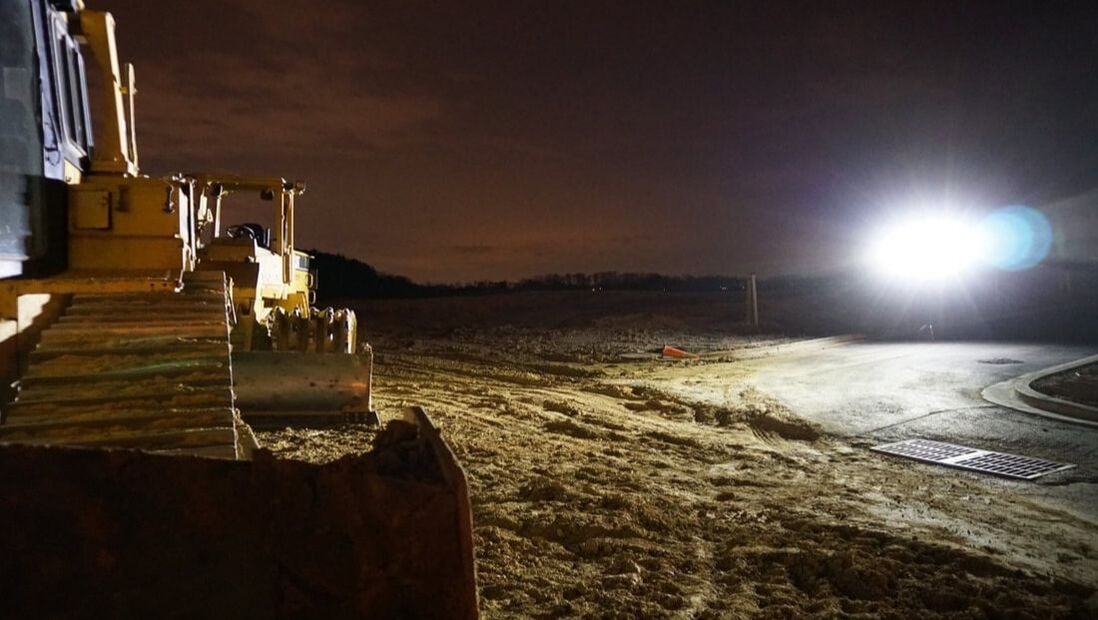
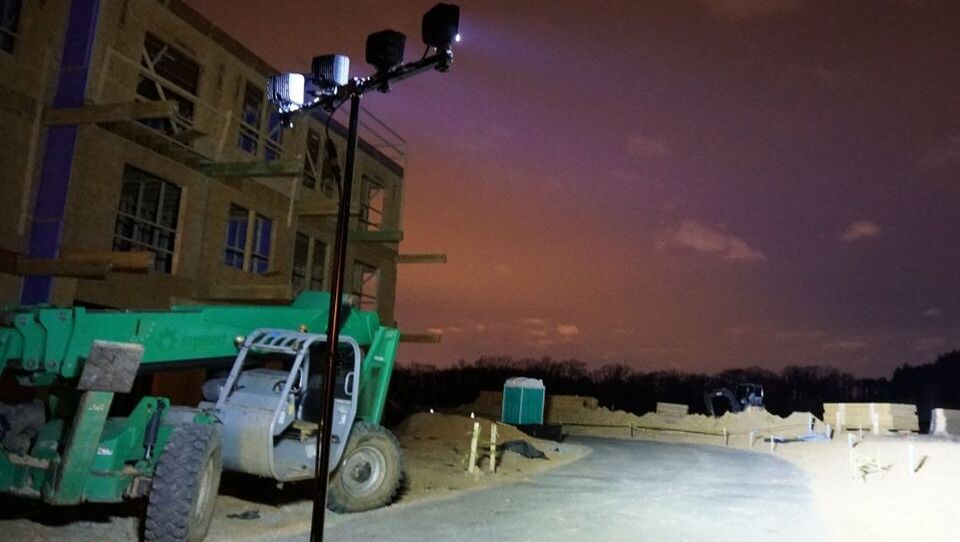
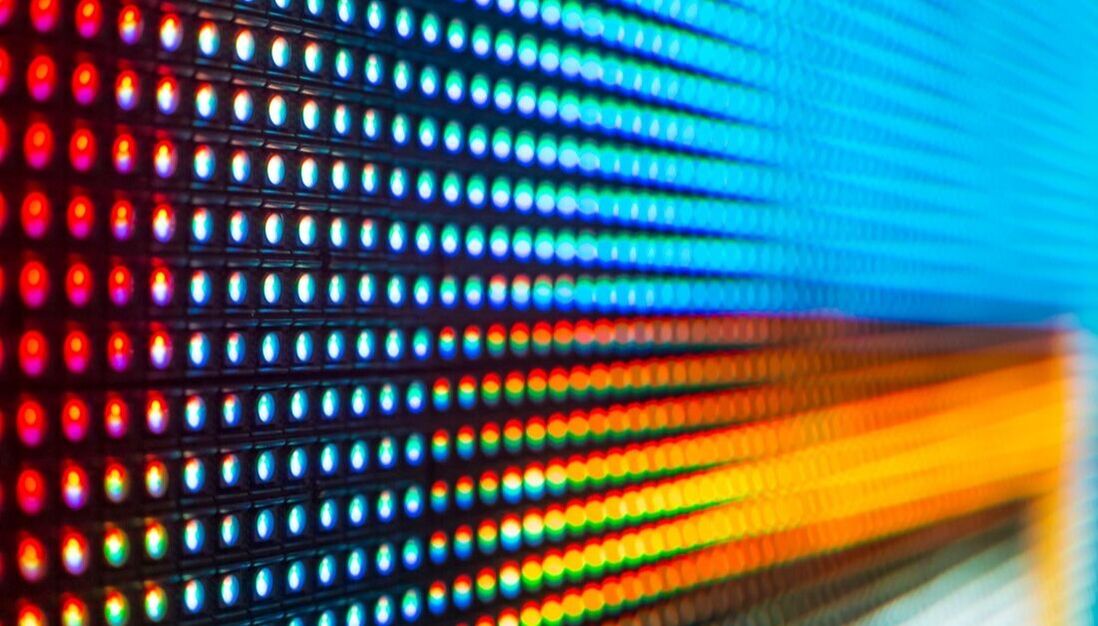

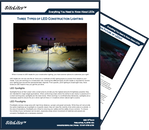
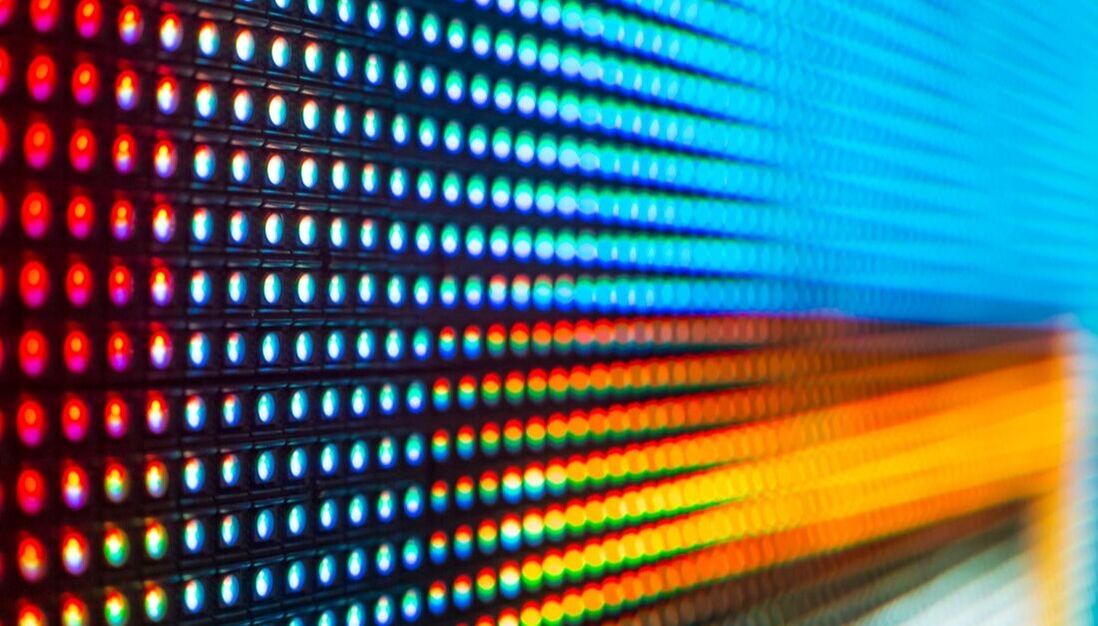
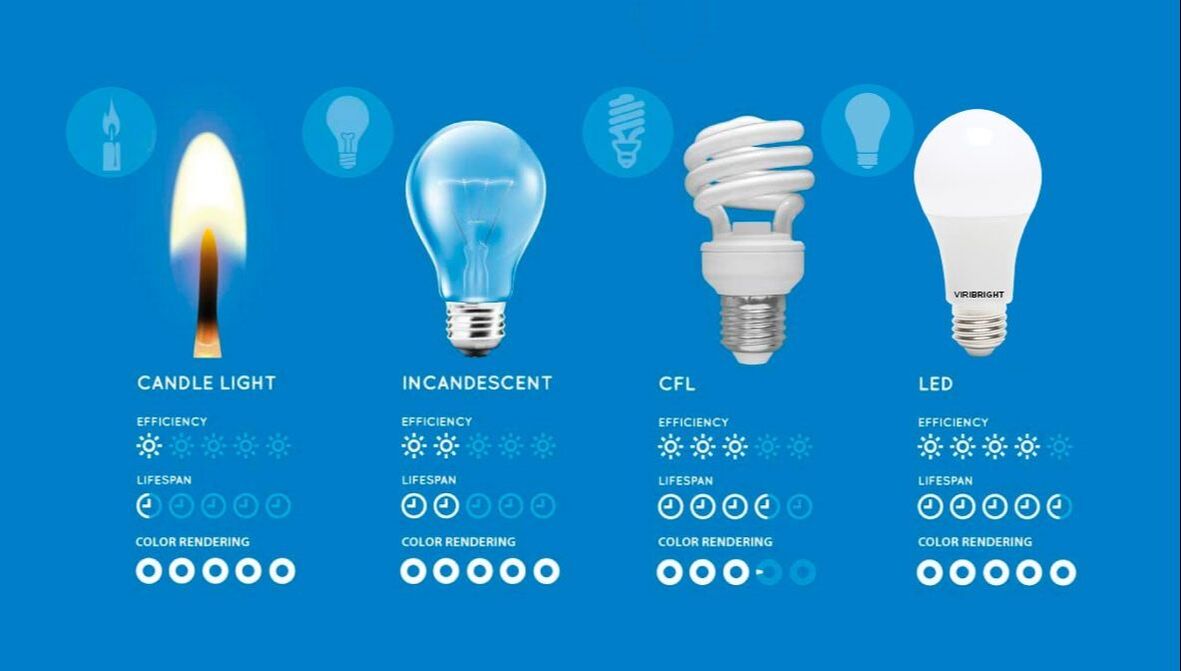
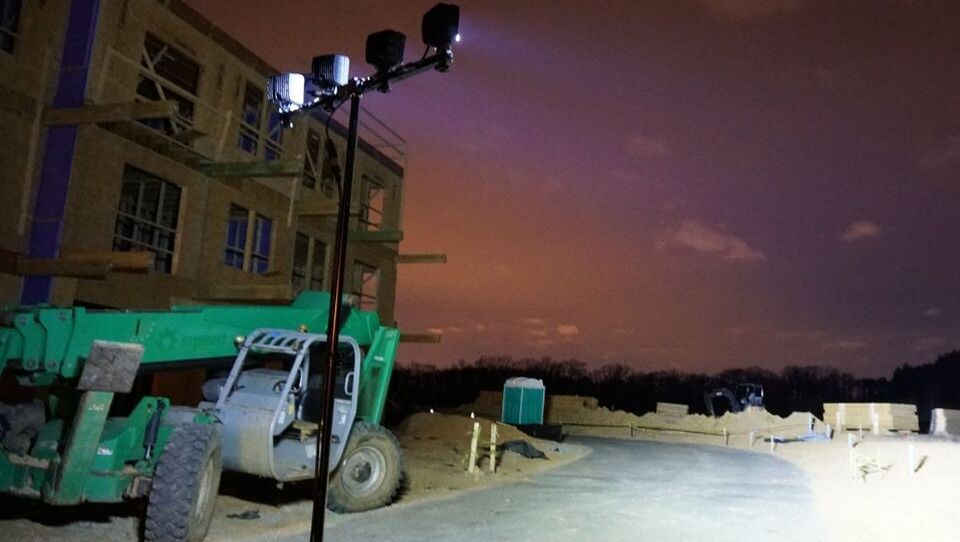
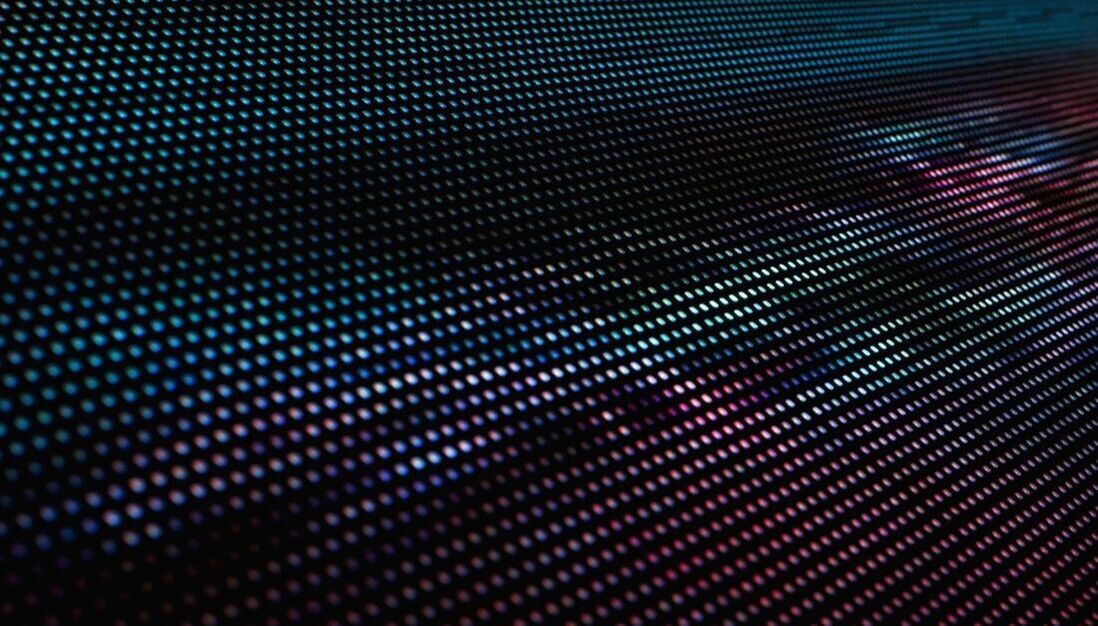

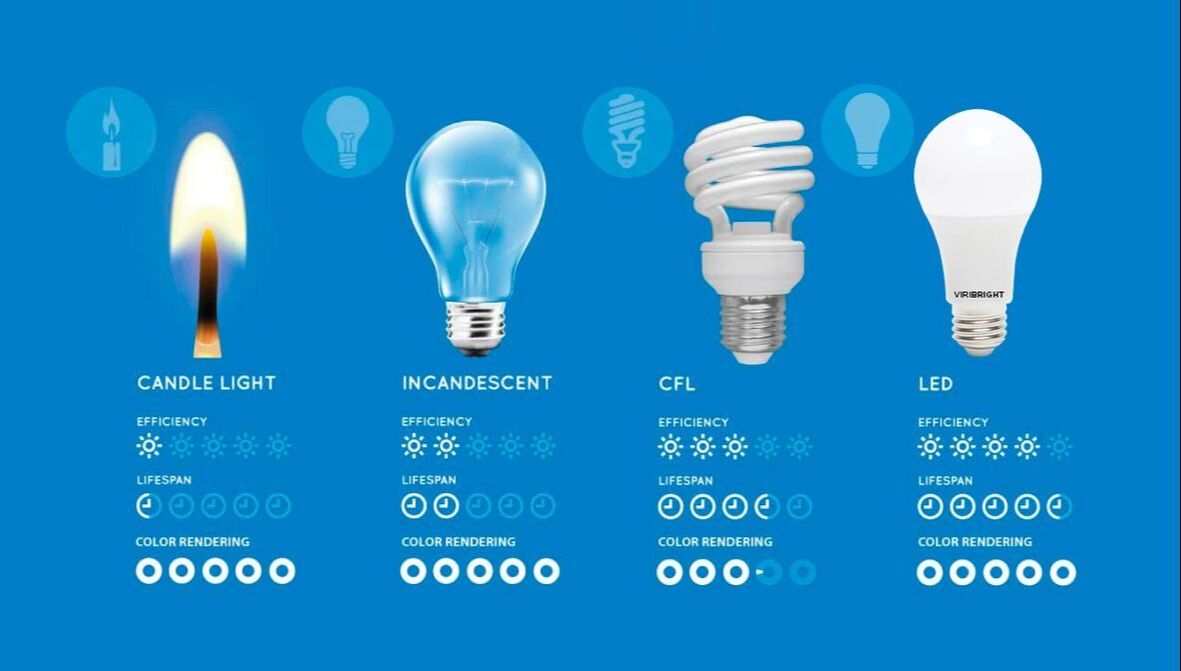

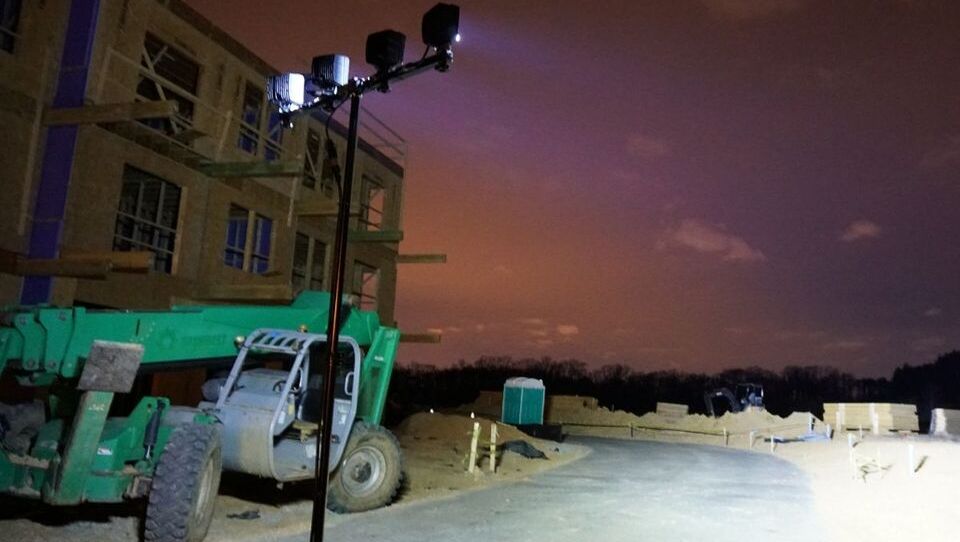

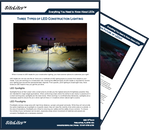
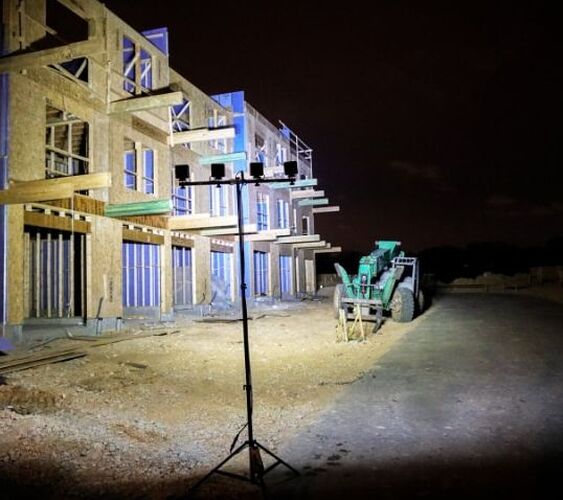
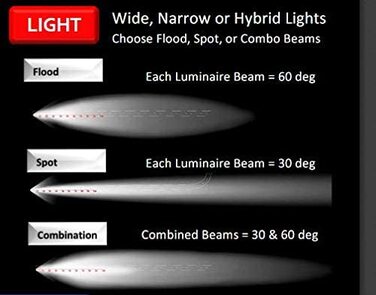
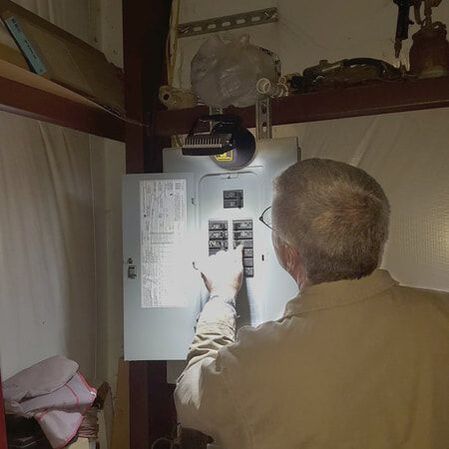
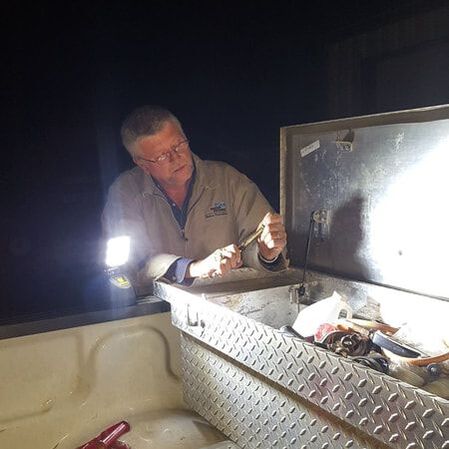
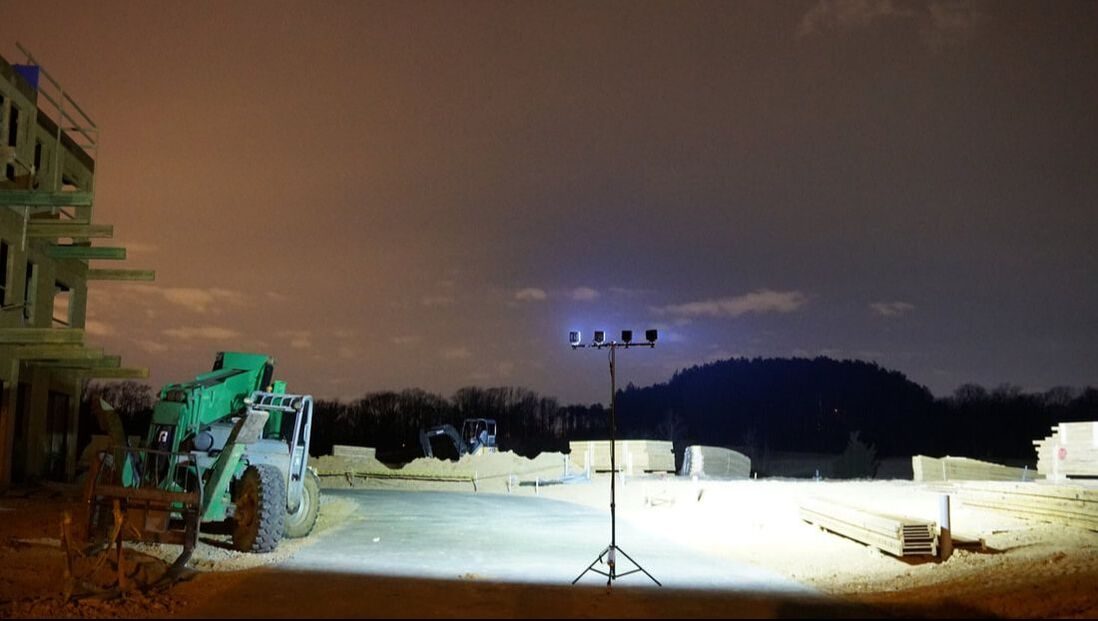
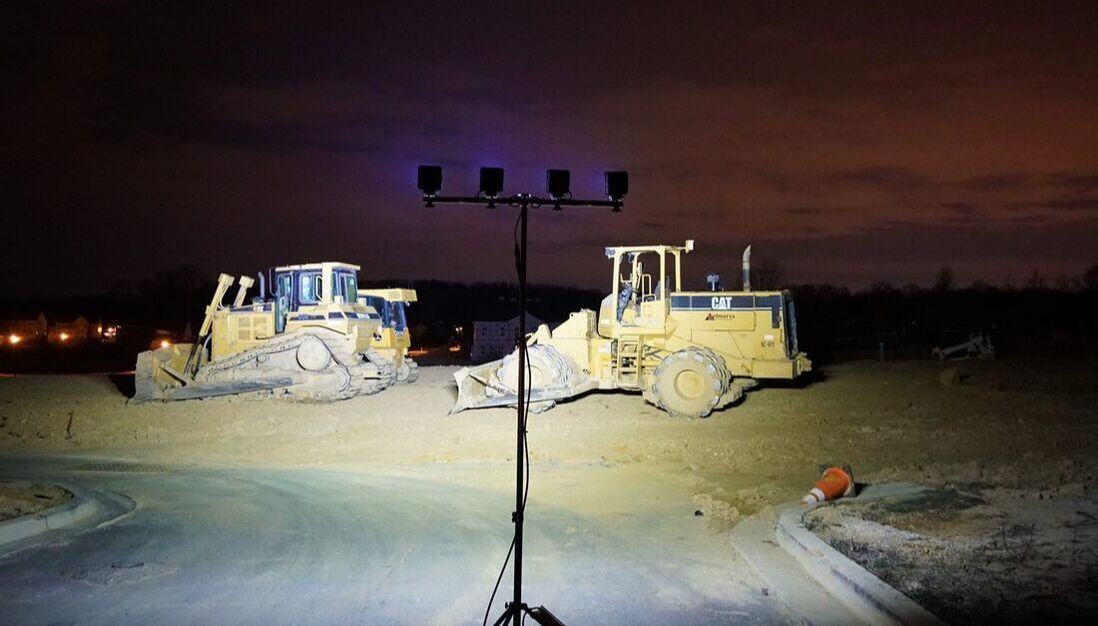

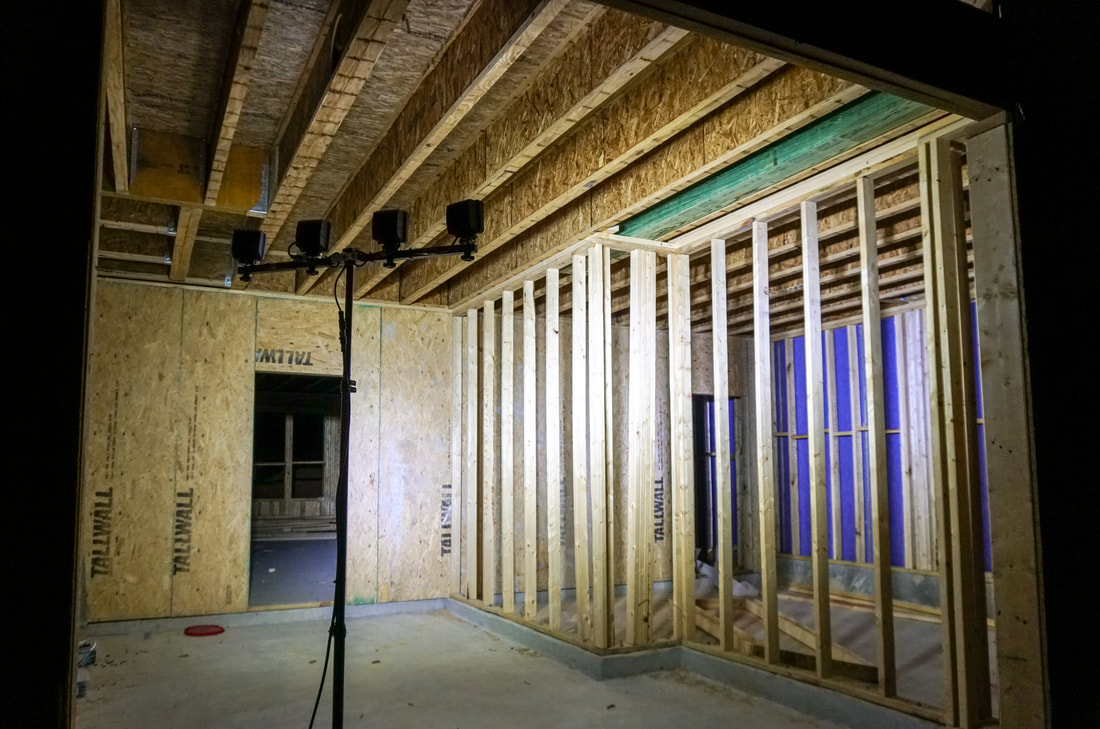
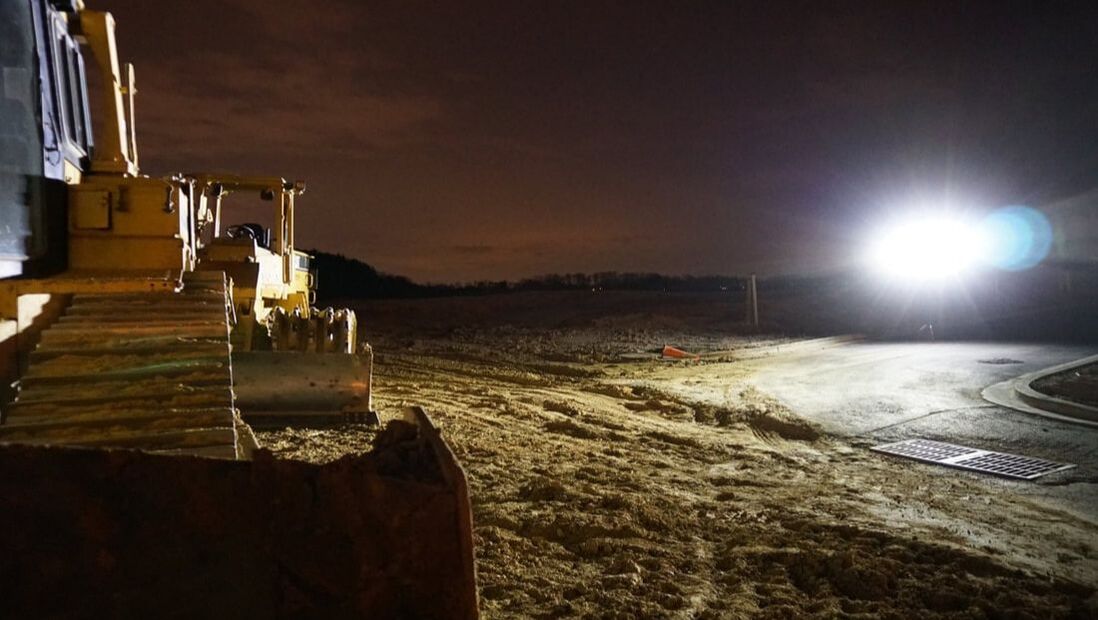
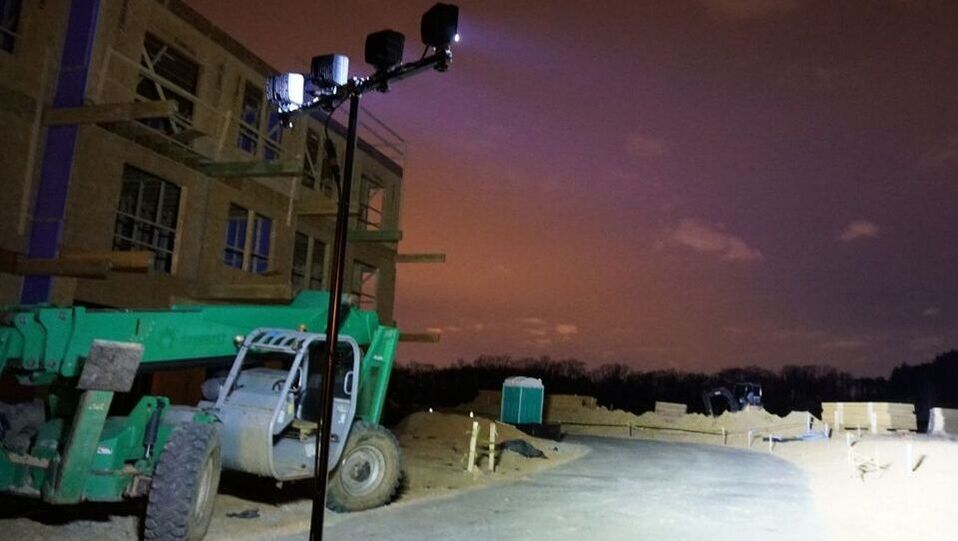

 RSS Feed
RSS Feed




